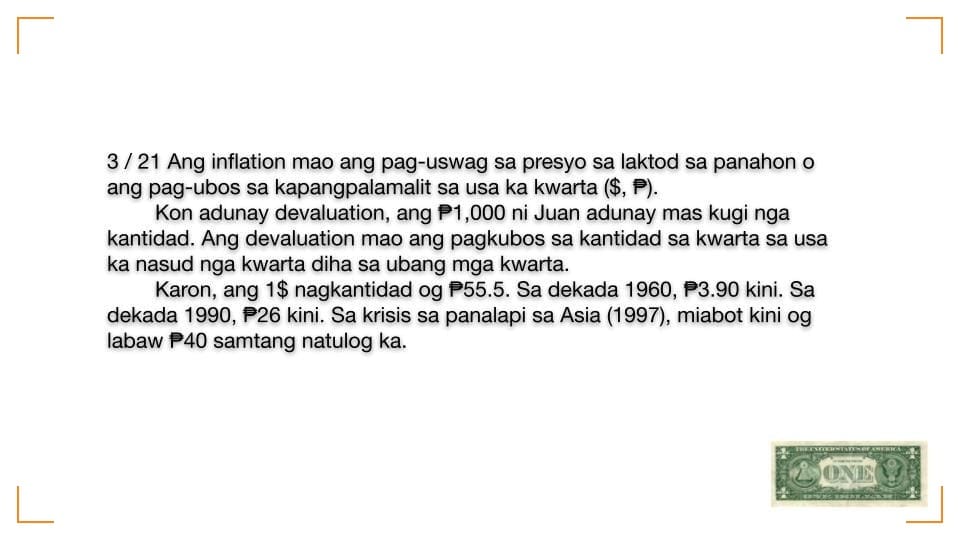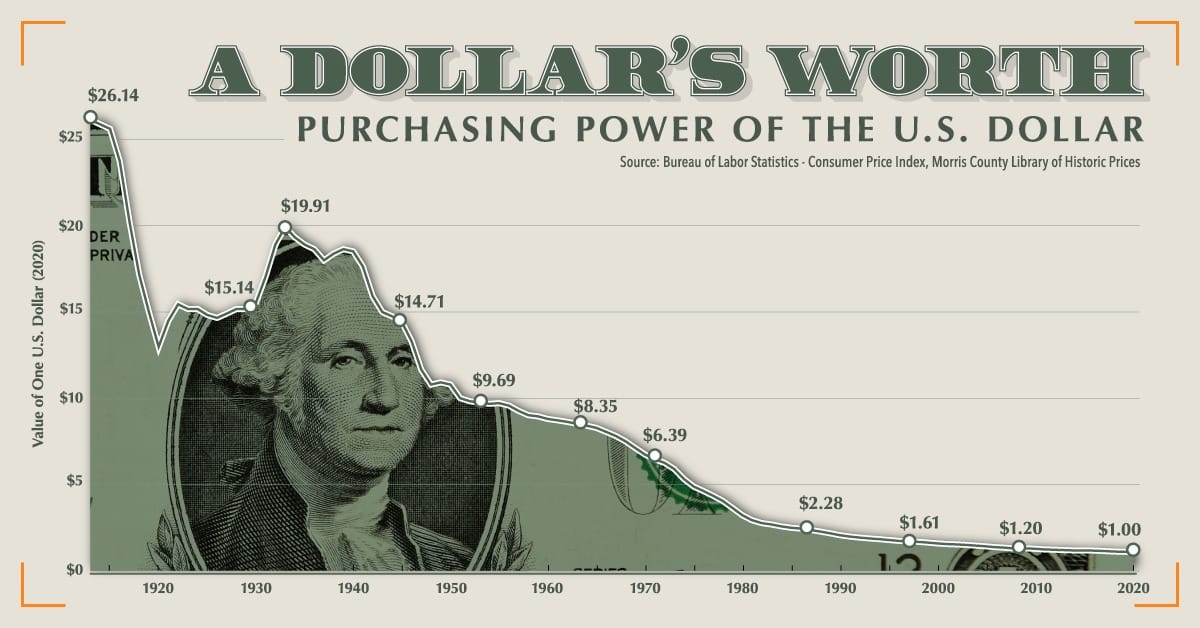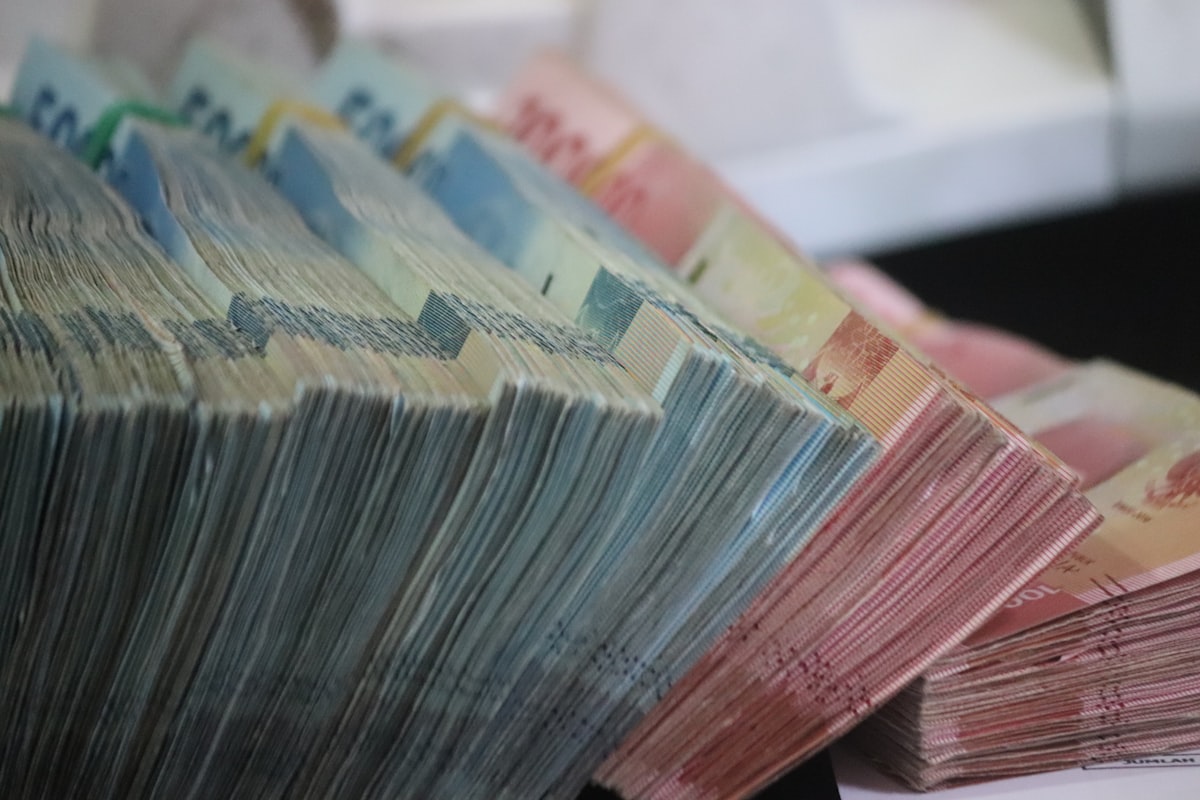The Bisaya translation of the third slide to “21 Steps to Bitcoin” (Bente Uno Ka Hakbang Ngadto Sa Bitcoin) reads,

I’m sure you’ve heard of this phenomenon once or twice in your life as you were growing up. How Coke was Php 1.50 a pop.
And you accepted it as “normal” without really thinking about it.
If you have family in the US, you might have been delighted that their salary there paid in USD bought more and more goods when sent home as time went by.
The Philippine peso is tied to the hip to the US dollar. If the US dollar’s purchasing power has been declining thru time because of inflation in the US, can you imagine how much your peso is actually worth.
Worse, much worse than the dollar itself.

Let’s see a movie to learn more.
Money is something we use every day, but do we really understand what it is and how it works?
In this documentary “End of the Road: How Money Became Worthless,” director Tim Delmastro explores the history and the future of money, and reveals some shocking truths about the global financial system.
The film begins with the 2008 financial crisis, which was one of the worst economic disasters in modern history. The film shows how major financial institutions, once thought to be invincible, started to collapse, and how governments around the world responded by issuing massive bailouts and stimulus packages.
These measures did not solve the problem, but only postponed it, and created even more debt and inflation.
The film then traces the origins of money, and how it evolved from a medium of exchange based on real value, such as gold and silver, to a fiat currency based on nothing but trust and faith.
The film explains how the US dollar became the world’s reserve currency after World War II, and how the US government abused this privilege by printing more and more money to fund its wars and social programs.
The film also exposes how the Federal Reserve, which is supposed to regulate the money supply and ensure stability, is actually a private institution that operates in secrecy and serves the interests of the banks and the elites.
The film warns that the current monetary system is unsustainable and doomed to collapse, and that the consequences will be devastating for the ordinary people who rely on money for their livelihoods. The film predicts that the US dollar will lose its status as the world’s reserve currency, and that a new global currency will emerge, controlled by a central authority.
The film also suggests that the only way to protect oneself from the coming crisis is to invest in real assets, such as gold and silver, and to become more self-reliant and independent.
The film features interviews with experts and insiders, such as former US congressman Ron Paul, former Canadian minister of finance John Crow, former governor of the Bank of England Mervyn King, and former director of the World Bank Peter Koenig. The film also features testimonies from ordinary people who have been affected by the financial crisis, such as homeowners who lost their properties, workers who lost their jobs, and savers who lost their pensions.
The film is a wake-up call for anyone who cares about their money and their future. It exposes the flaws and the dangers of the current monetary system, and challenges the viewers to question their assumptions and beliefs about money. It also offers some hope and guidance for those who want to prepare for the inevitable change and survive the end of the road.
For the avoidance of doubt, watch the interview below (audio also provide)


